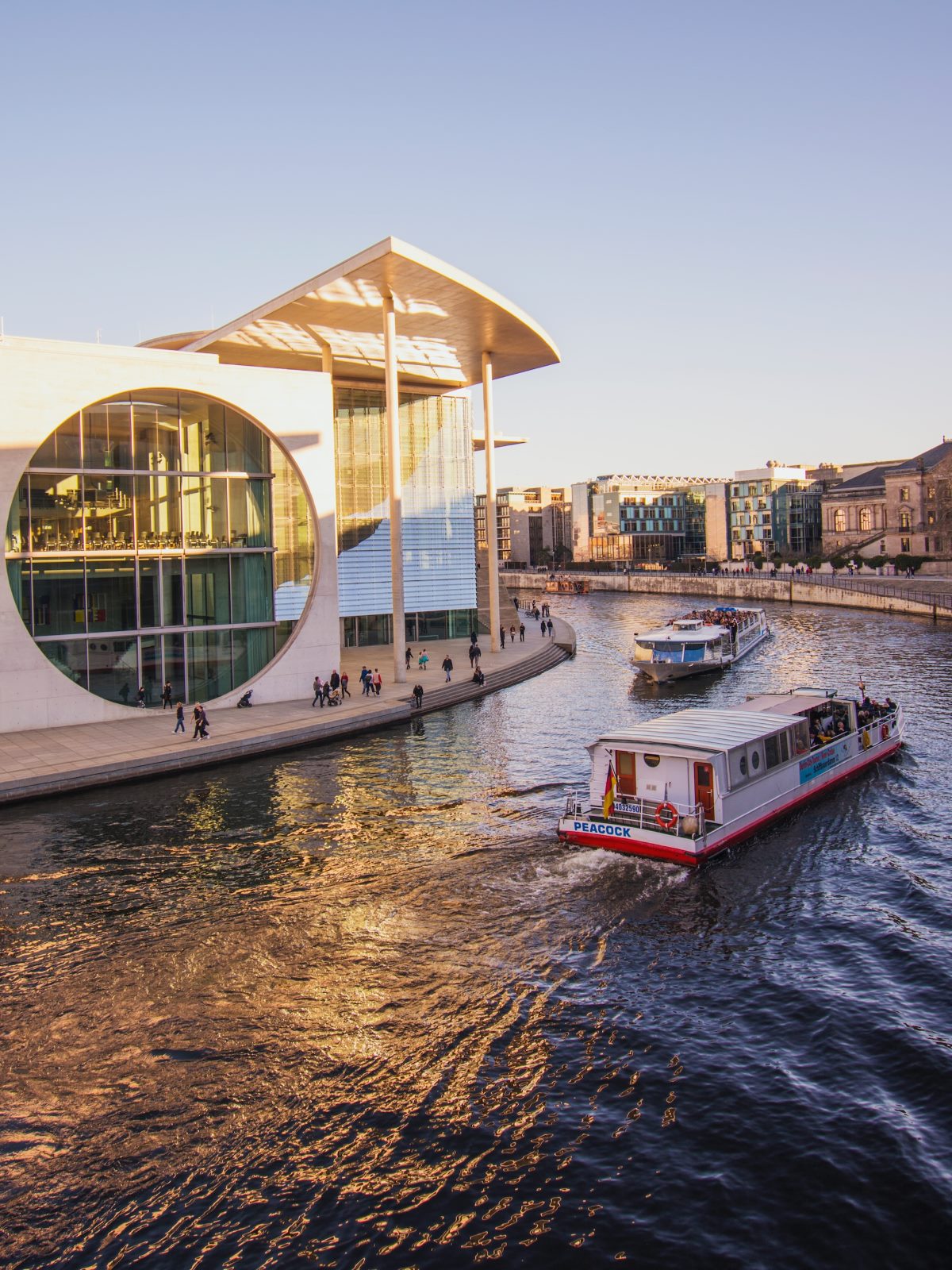If you are interested in learning about Germany’s history during World War II, visiting concentration camps can provide a firsthand experience and a deeper understanding of the atrocities that took place. Near the capital city of Berlin, there are several concentration camps that are open for visitors. In this blog post, we will explore three significant concentration camps you can visit near Berlin – Sachsenhausen, Ravensbrück, and Buchenwald.
1. Sachsenhausen Concentration Camp
Sachsenhausen is located in Oranienburg, just 35 kilometers north of Berlin. It was one of the first concentration camps established by the Nazis in 1936 and served as a model for other camps. Today, Sachsenhausen is a memorial and museum, providing a comprehensive view of the camp’s history.
As you explore Sachsenhausen, you’ll encounter various parts of the former camp, including the administration building, prisoner barracks, the “Station Z” execution site, and the infamous “Appellplatz” where roll calls took place. The museum offers exhibitions and displays that provide insight into the daily lives of prisoners, along with a thorough explanation of the camp’s overall function.
There are guided tours available, or you can choose to explore the camp at your own pace. A visit to Sachsenhausen is a moving experience, providing an opportunity to reflect on the past and pay tribute to the victims.
2. Ravensbrück Concentration Camp
Ravensbrück, established in 1939, was the largest concentration camp for women during the Nazi regime. It is situated around 80 kilometers north of Berlin and can be easily reached by train or car.
At Ravensbrück, you can explore the remains of the camp, including the prisoner barracks, the roll call square, and the crematorium. The former prisoner sanitation building now serves as a museum, where you can learn about the struggles faced by the female prisoners and the atrocities they endured.
Remember to check the visiting hours in advance and consider joining a guided tour to gain a deeper understanding of the stories behind the camp. The memorial site also offers educational programs and events, which provide additional insight into the history of Ravensbrück.
3. Buchenwald Concentration Camp
Situated in the hills near Weimar, around 280 kilometers southwest of Berlin, Buchenwald was one of the largest concentration camps in Germany. It was operational from 1937 until its liberation in 1945.
A visit to Buchenwald allows you to explore the extensive grounds of the former camp, including the prisoners’ quarters, the crematorium, and the memorial site with its sculpture “From the Depths of Night.” The memorial offers exhibitions, guided tours, and educational programs that provide a comprehensive understanding of the camp’s history.
The memorial site also houses a documentation center, which contains extensive archives, photographs, and personal belongings of the former prisoners. This additional resource provides a deeper insight into the daily lives and struggles of those imprisoned in Buchenwald.
Final Thoughts
Visiting concentration camps near Berlin can be a powerful and educational experience. These sites serve as reminders of the past and provide an opportunity to pay tribute to the victims. By exploring Sachsenhausen, Ravensbrück, and Buchenwald, you can gain a deeper understanding of Germany’s history during World War II and ensure such atrocities are never forgotten.
Note: When planning your visit, check the official websites of these concentration camps for updated information on opening hours, guided tours, and any relevant visitor guidelines. Additionally, be aware that visiting these locations may be emotionally challenging, so it’s important to prepare yourself mentally and take care of your well-being during and after the visit.






Leave a Reply